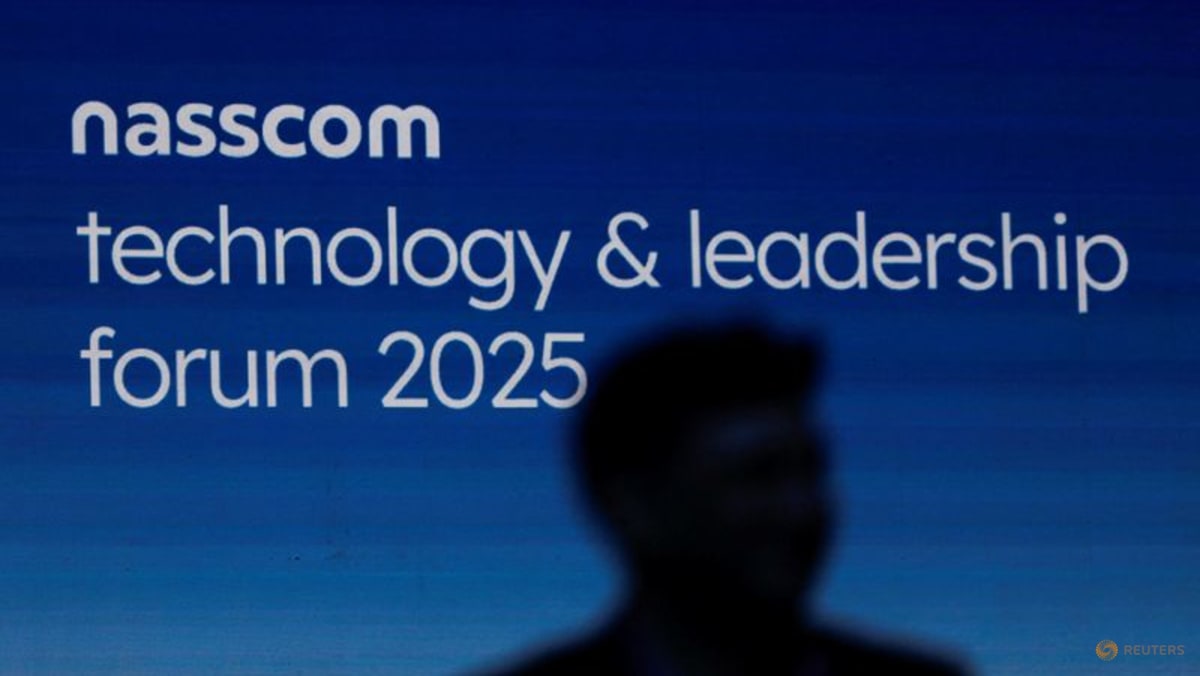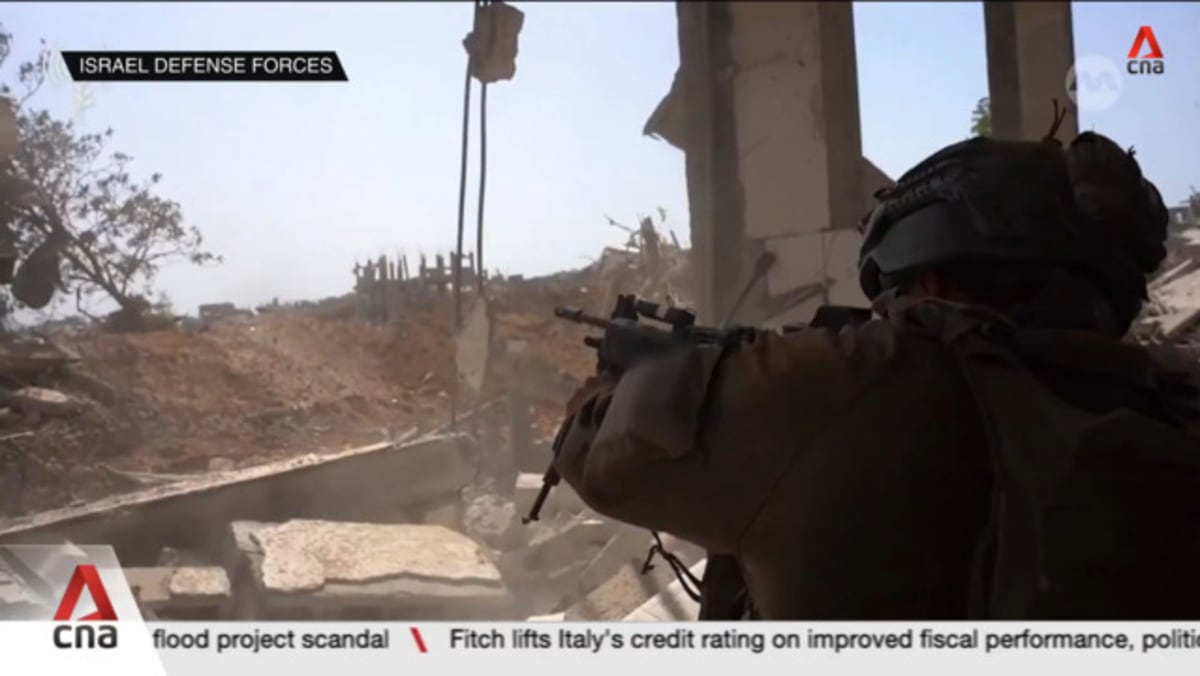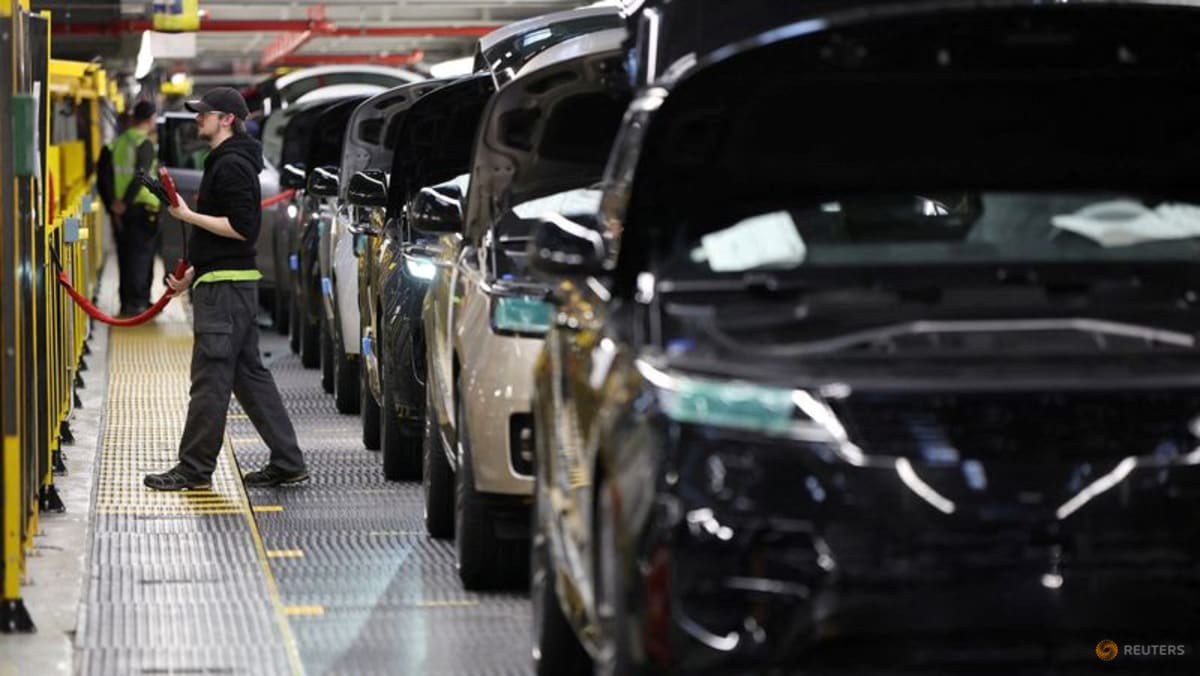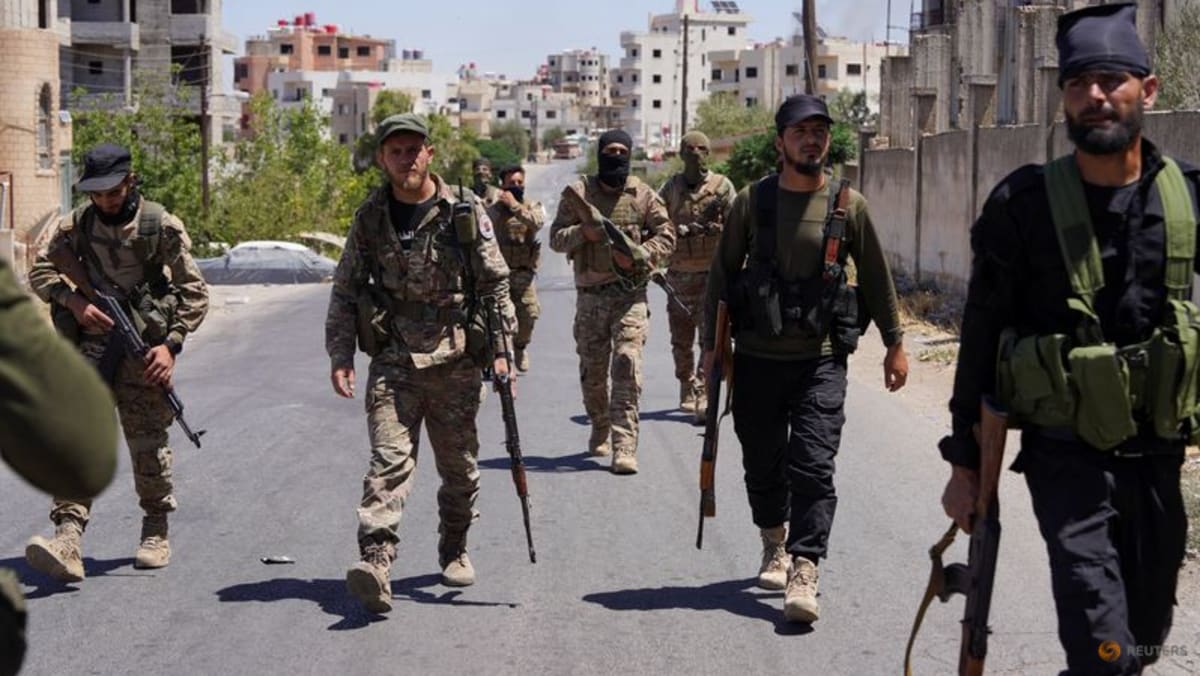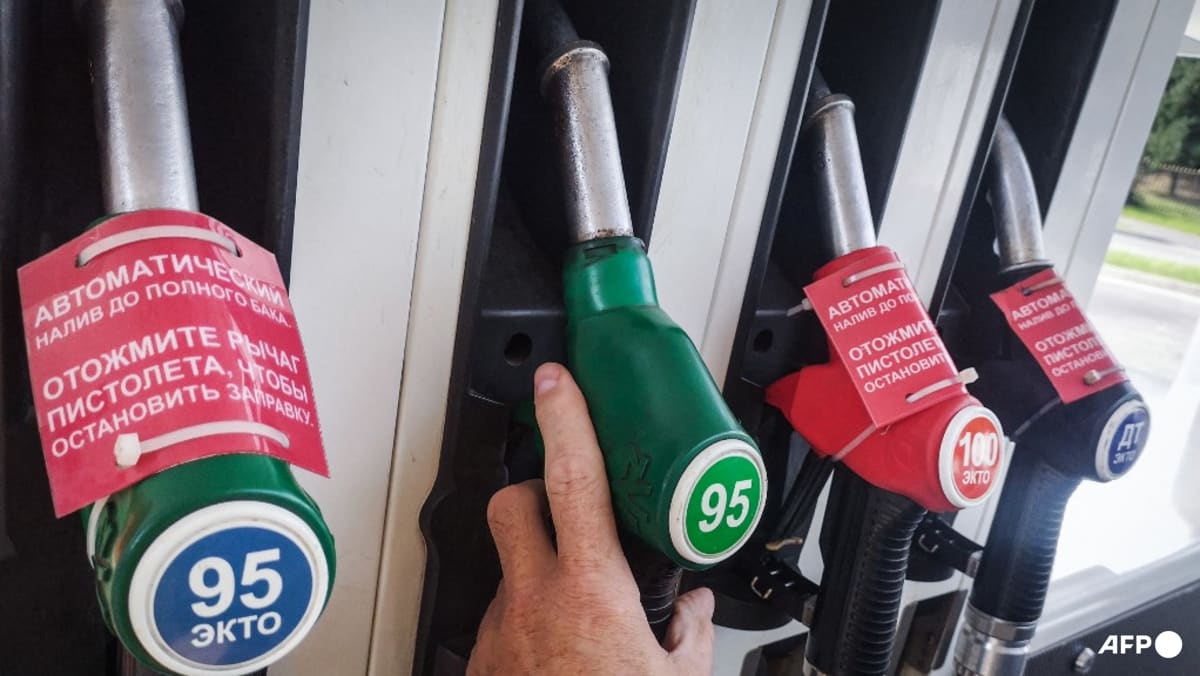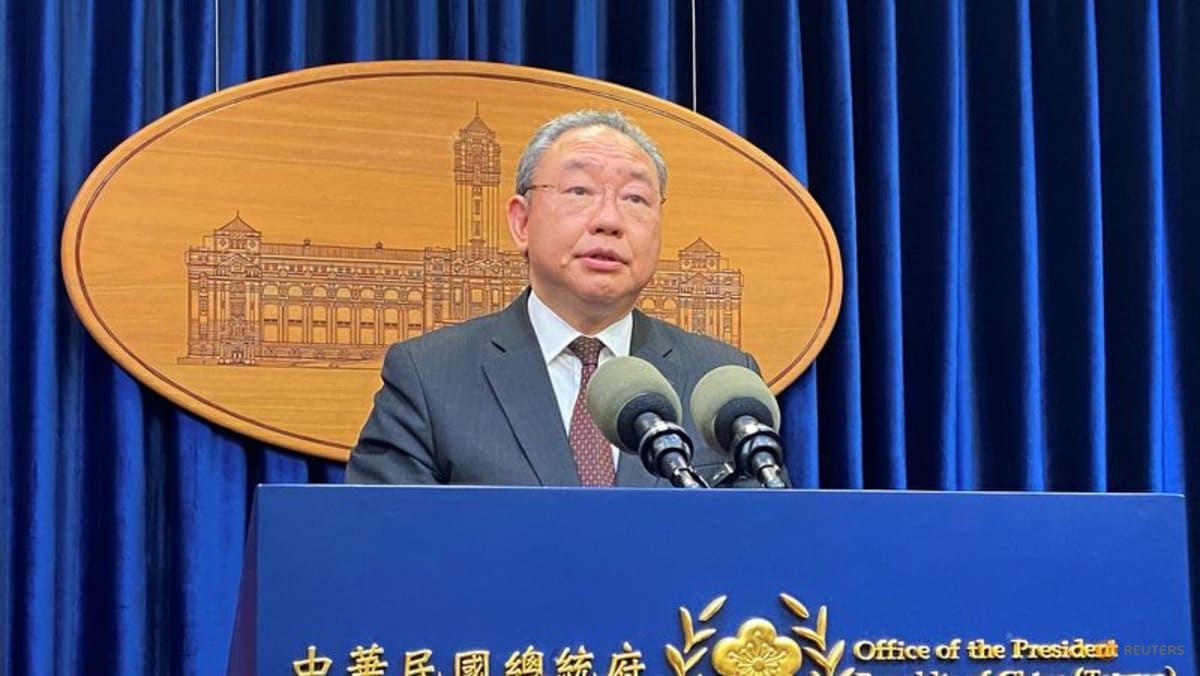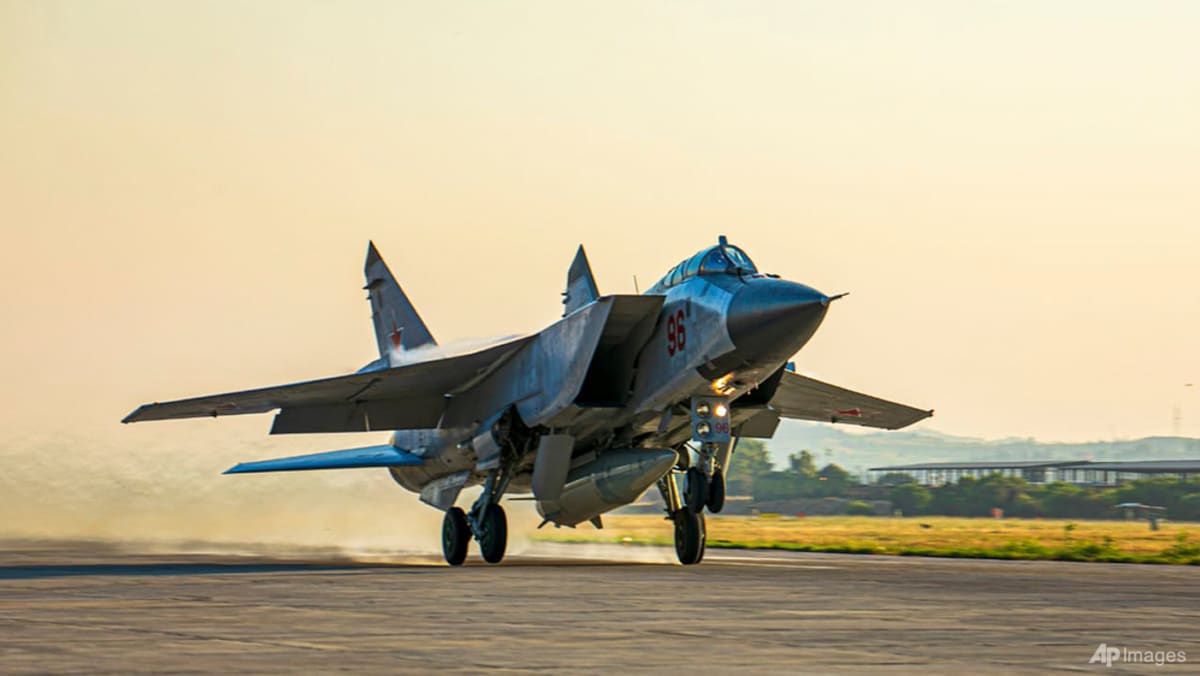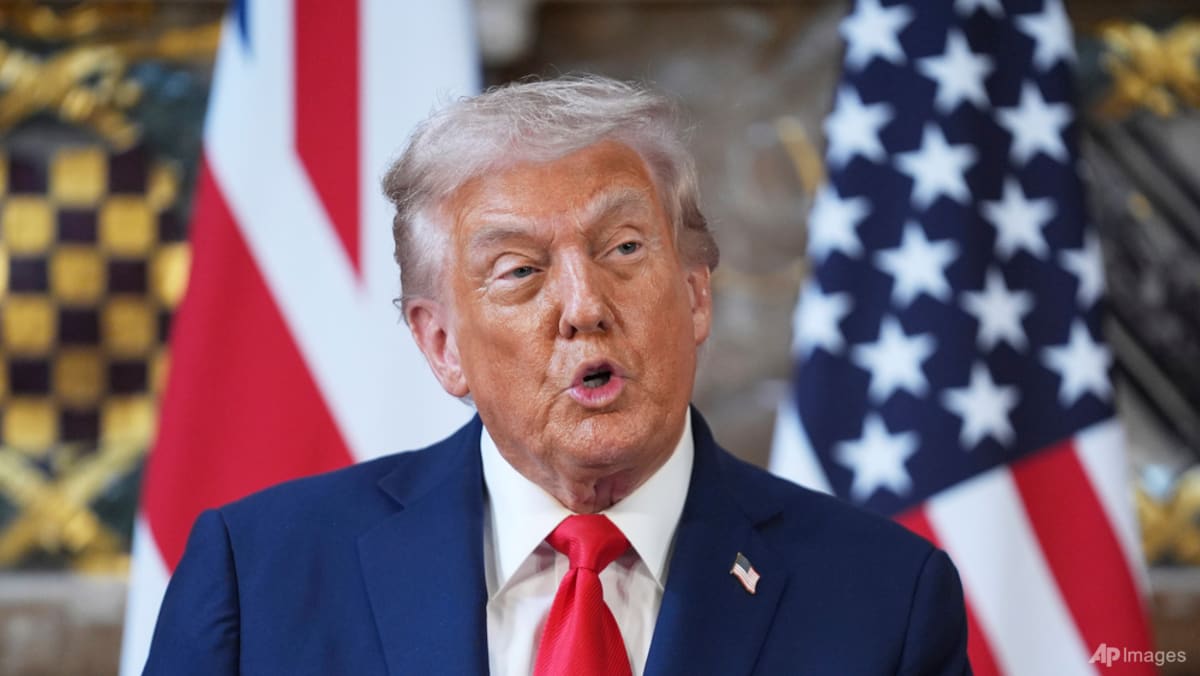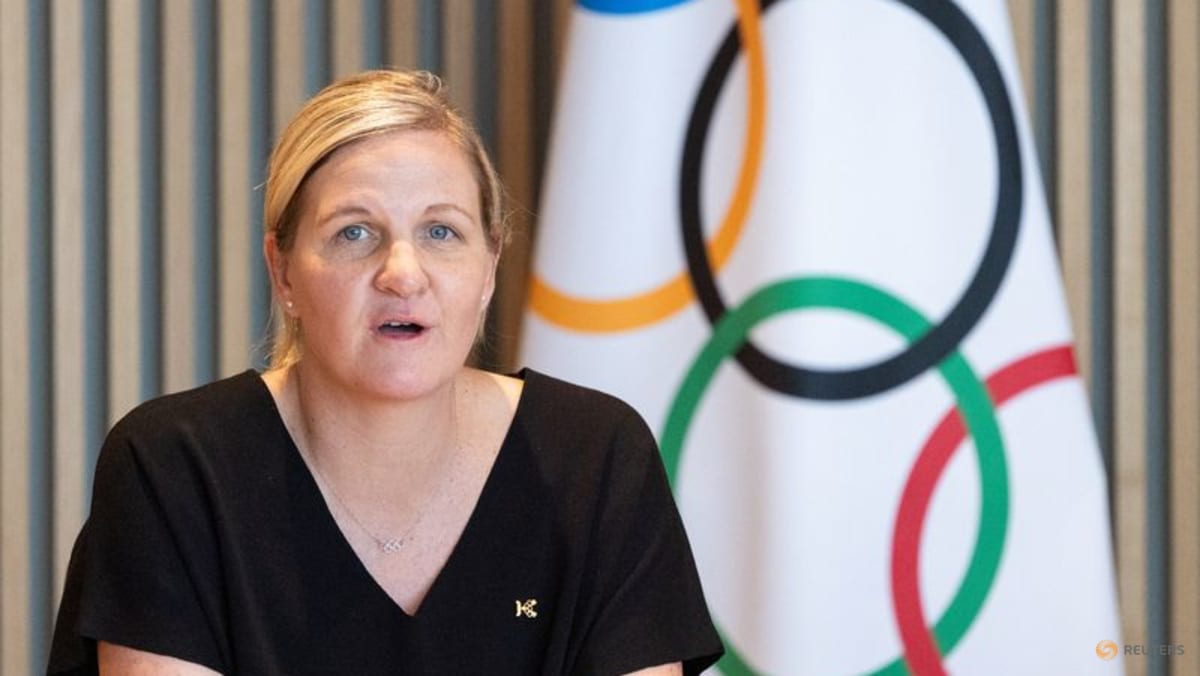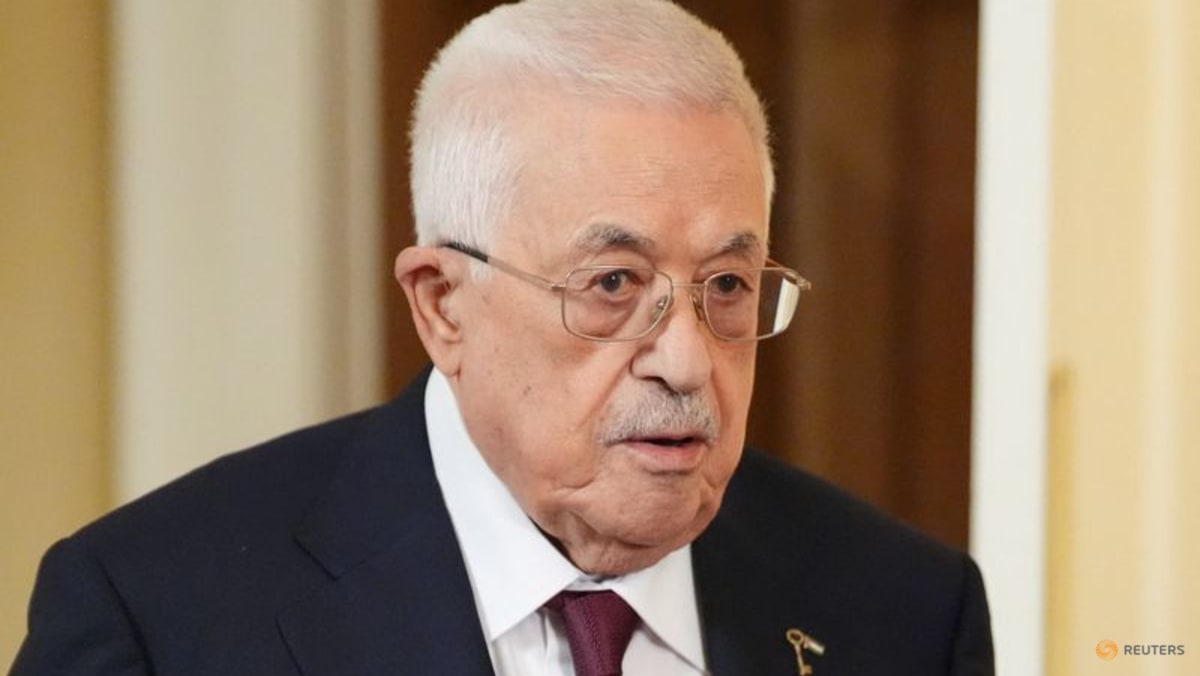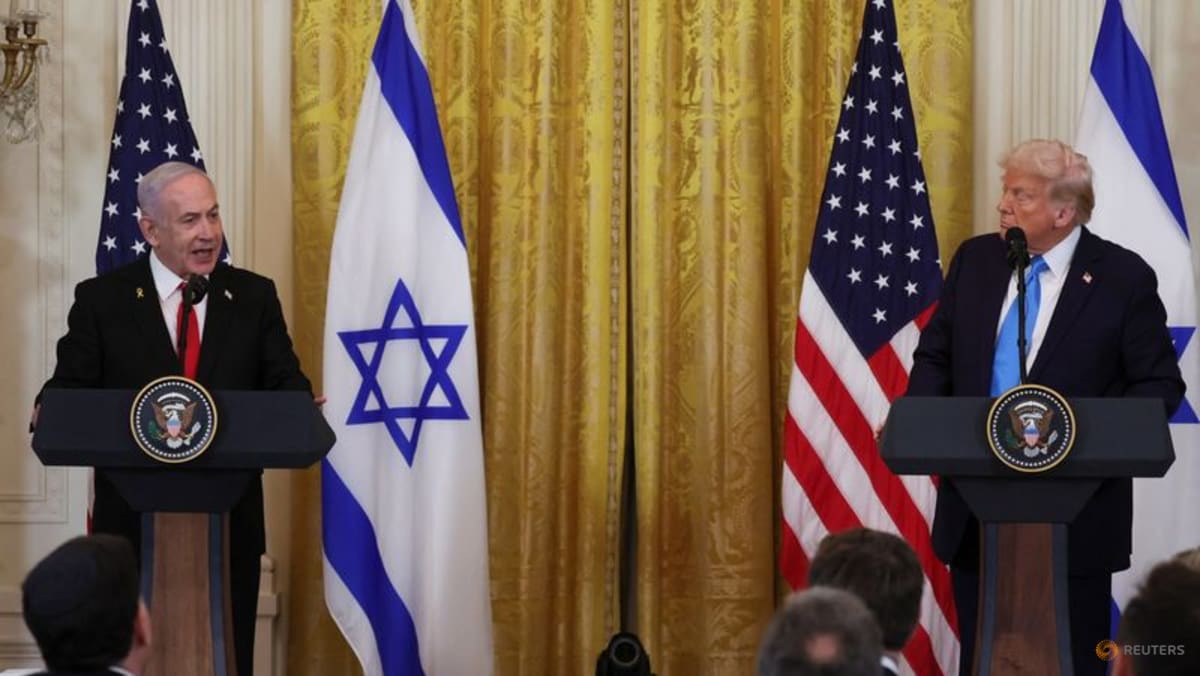Clashes that shook southern Syria this week killed hundreds of people, including civilians, and drew in an array of local and international players, harking back to the dynamics of the country’s years-long civil war.
The violence underscored the difficulties facing the Syrian new government struggling to consolidate control over the country, months after insurgents ousted longtime autocrat Bashar al-Assad in a lightning offensive last December.
Some key players and alliances in Syria are different now than during the civil war, but the landscape remains complex.
Here’s a look at the main parties in the four days of violence in Sweida province before a ceasefire mediated by the US, Türkiye and Arab countries took effect. The truce mostly held on Thursday (Jul 17), although scattered violence was reported.
THE GOVERNMENT
Interim President Ahmad al-Sharaa leads the new government and is Syria’s international face. His Hayat Tahrir al-Sham group, once an Al-Qaeda affiliate that later split from it, spearheaded the anti-Assad charge.
Since taking power, al-Sharaa has taken a more moderate tone, preached coexistence and formed diplomatic ties with Western countries, including the US.
His government has faced suspicion from minority communities, including Assad’s Alawite sect, Christians, Syrian Kurds and the Druze, and there have been outbreaks of sectarian violence. Damascus also struggles to turn a patchwork of former rebel groups – including some extremists – into a professional army.
In Sweida, al-Sharaa’s government forces intervened in clashes that started between local Bedouin tribes and Druze militias, but ended up themselves clashing with the Druze, drawing Israeli airstrikes, purportedly in defence of the Druze.
Some government fighters allegedly killed Druze civilians, looted and burnt houses.
